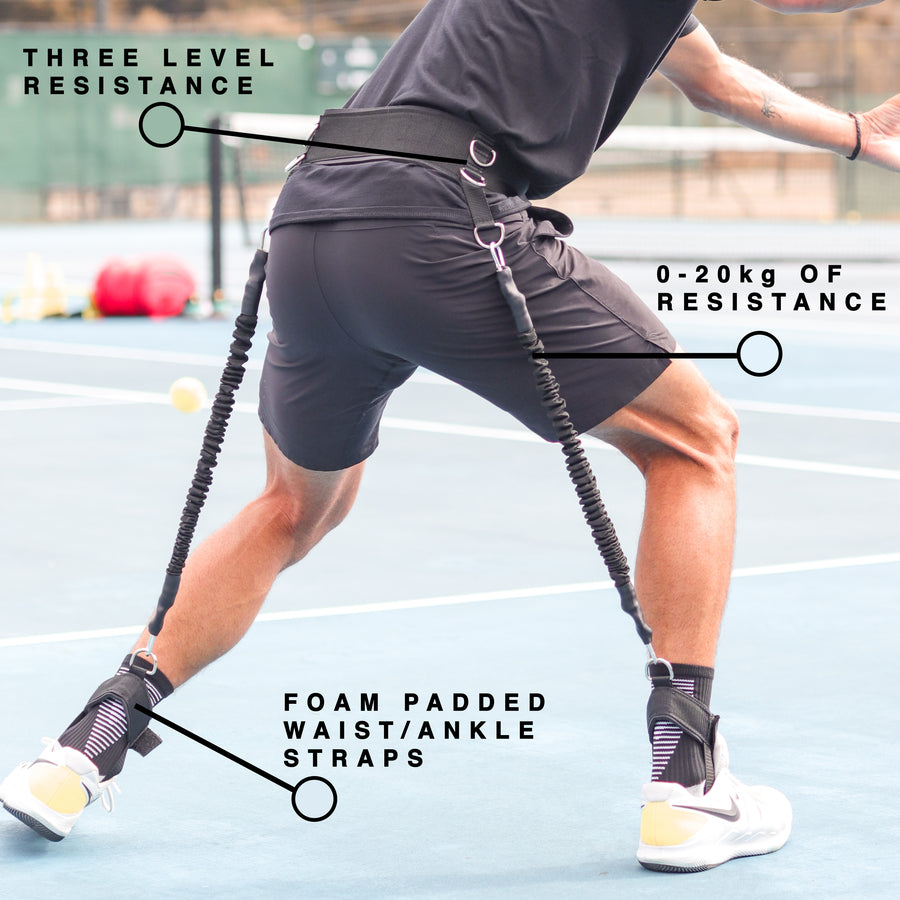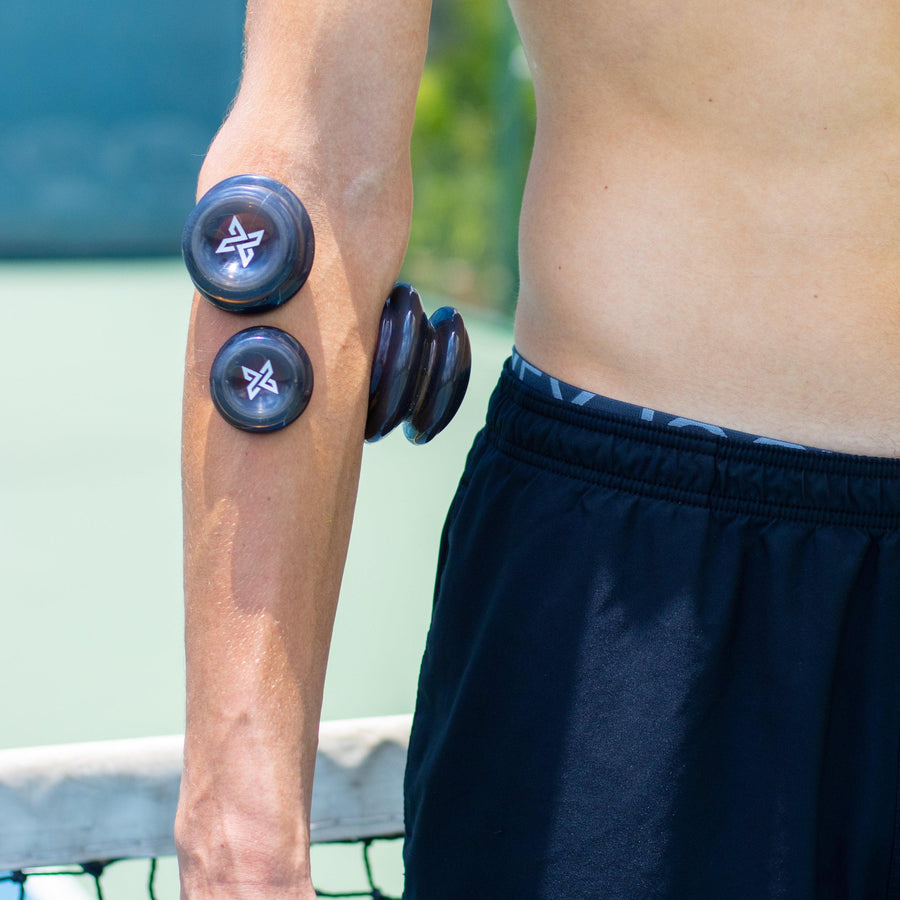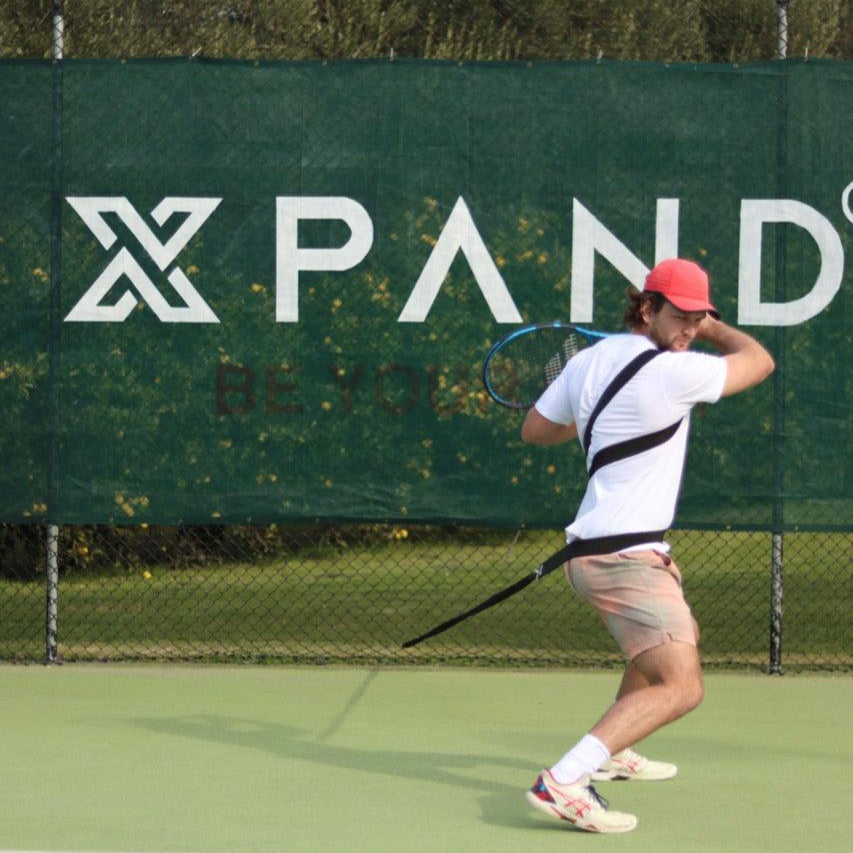Mastering Movement: The Key to Success in Tennis

In the exhilarating game of tennis, where split-second decisions and lightning-fast reflexes can make all the difference, mastering movement is paramount. From swift lateral shifts to explosive sprints, the ability to navigate the court with agility and precision can elevate a player from good to great. In this blog, we explore the essential elements of tennis movement, offering insights and strategies to help players enhance their footwork and outmaneuver opponents on the court.
Footwork Fundamentals: At the foundation of effective tennis movement lies impeccable footwork. Whether executing a lightning-quick sprint to chase down a drop shot or executing a graceful pivot to set up for a powerful forehand, footwork serves as the cornerstone of success. Here are some key fundamentals to focus on:
-
Split Step: The split step is a crucial component of tennis footwork, allowing players to react quickly to their opponent's shots. By timing the split step just as the opponent makes contact with the ball, players can spring into action with maximum efficiency and speed.
-
Balance and Stability: Maintaining balance and stability is essential for executing shots with power and accuracy. Players should focus on staying low to the ground, keeping their center of gravity centered, and utilizing proper weight transfer during movement.
-
Quick Steps: Tennis is a game of split-second decisions, requiring players to move explosively and decisively. Practicing quick, efficient steps—both forward, backward, and laterally—can improve agility and responsiveness on the court.
Strategies for Efficient Movement: In addition to mastering the fundamentals of footwork, players can employ various strategies to enhance their movement capabilities and gain a competitive edge:
-
Anticipation: Anticipating your opponent's shots is key to positioning yourself effectively on the court. By reading your opponent's body language, racket position, and shot tendencies, you can preemptively move into the optimal position to execute your shots.
-
Court Positioning: Proper court positioning is essential for covering the court efficiently and minimizing your opponent's angles. Players should strive to maintain an offensive position inside the baseline whenever possible, while also being prepared to retreat defensively when necessary.
-
Recovery: Recovering quickly after each shot is crucial for maintaining momentum and staying in control of the point. After executing a shot, players should immediately recover to the center of the court, ready to react to their opponent's next shot with speed and precision.
-
Practice with Purpose: Like any aspect of tennis, mastering movement requires dedicated practice and repetition. Incorporate footwork drills, agility exercises, and match simulations into your training regimen to hone your movement skills and build muscle memory.
Conclusion: In the fast-paced world of tennis, superior movement can be the difference-maker between victory and defeat. By mastering the fundamentals of footwork, employing strategic positioning, and practicing with purpose, players can enhance their agility, speed, and court coverage, ultimately maximizing their potential on the court. So, the next time you step onto the court, remember the importance of movement—the key to unlocking your true potential as a tennis player.

















